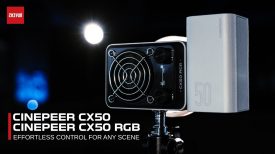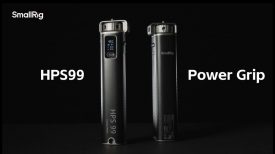Sony has unveiled the new a7 III full-frame mirrorless camera at the WPPI trade show in Las Vegas. At the live streamed press event the Japanese spokesman from Sony accidentally called the camera the a9 III, before realizing his mistake, and correcting it. The a7 has always been the base model for the S & R variants tailoring to specific purposes, this makes it the most affordable out of the three and depending on your needs, it may suit you just fine.
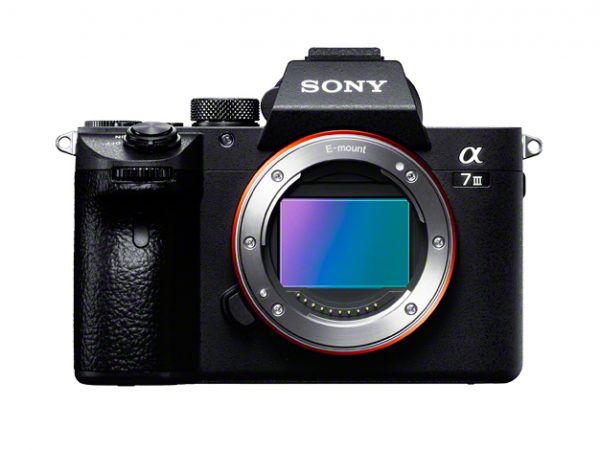
Sony kept mentioning the phrase “Game changer” through out the presentation and referred to the a7 III as the “Basic camera”. Maybe it is basic compared to some of the other a7 models, but calling a $2000 USD camera “Basic” is perhaps a bit of a stretch. Anyway, lets have a look at what the a7 III has to offer.
Specs Highlight
- 24.2mp Back-illuminated Sensor
- 204800 ISO
- 693 Phase Detection AF Points with 93% AF Coverage.
- Improved Eye AF
- 10FPS burst
- Silent Shooting
- 4K HDR
- 710 shots per charge with NP-FZ100 battery
- Dual SD card slots
- USB Type-C 3.1
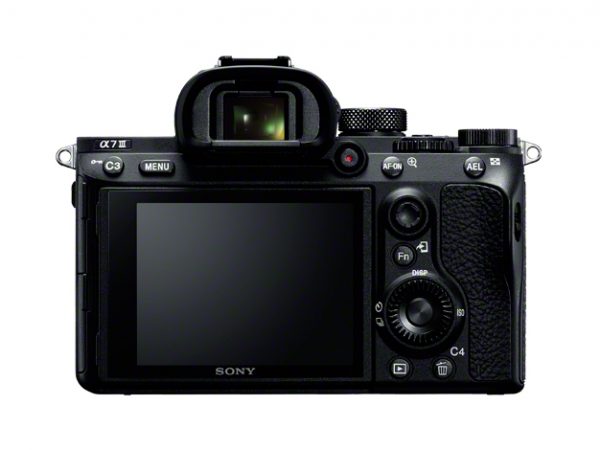
What’s New?
Sony is aiming to set a new standard for full frame mirrorless cameras, calling the a7 III the basic full-frame camera. The a7 III uses a newly developed 24.2 MP back-illuminated sensor with Bionz X processor. With 693 phase detection points and 93% coverage, the A7 III focuses 2x faster than its predecessor.
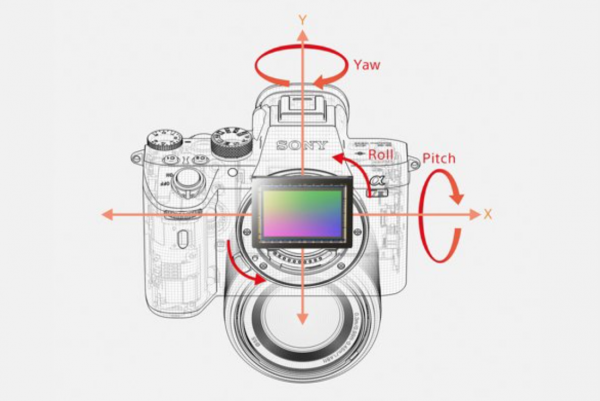
Dual media slots with one being UHS-II compatible allow simultaneously or relay record, separate RAW/JPEG data and stills/movies, and copy data between cards.
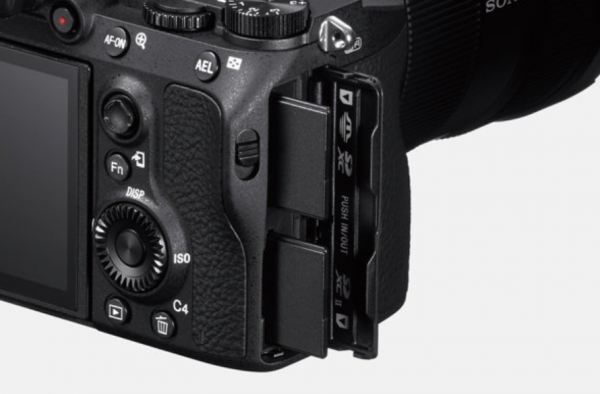
For users who switch between photo & video, the a7 III provides a good balance of features for both areas. Eye AF has been improved and works when the eye is partially covered, the subject is looking down or backlit. AF sensitivity can also be adjusted with five levels of sensitivity.
In the studio, the tethering experience is much improved with Sony’s new Imaging Edge software. The upgraded USB 3.1 Gen 1 compatible USB Type-C port also makes transferring images much faster, especially when capturing the full 14-bit RAW images.
The new joystick inherited from the a9 is a nice touch which lets you quickly adjust your AF points. The touchscreen can also be used to move the focus area.
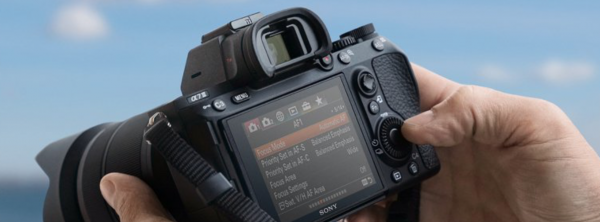
Video Specs
The a7 III super samples a 6K image to deliver video up to 4K in XAVC S with a maximum bitrate of 100 Mbps. This is still an 8-bit format though so some people may be disappointed at the lack of 10-bit video.
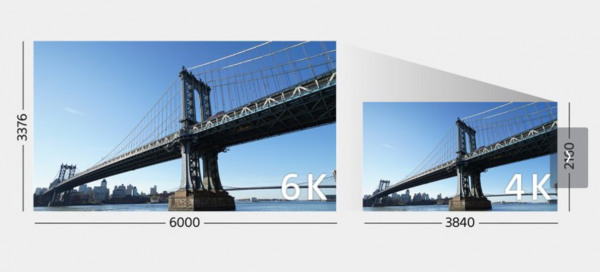
The camera has hybrid-log gamma for instant HDR workflow and a claimed 14 stops of dynamic range using S-Log2/3. You can view some video samples below.
NTSC XAVC S 4K
3840 x 2160 (30p, 100M) 3840 x 2160 (24p, 100M) 3840 x 2160 (30p, 60M) 3840 x 2160 (24p, 60M)
XAVC S HD
1920 x 1080 (120p, 100M) 1920 x 1080 (120p, 60M) 1920 x 1080 (60p, 50M) 1920x 1080 (30p, 50M) 1920 x 1080 (24p, 50M)1920 x 1080 (60p, 25M) 1920 x 1080 (30p, 16M)
AVCHD
1920 x 1080 (60i, 24M, FX) 1920 x 1080 (60i, 17M, FH)
PAL XAVC S 4K
3840 x 2160 (25p, 100M) 3840 x 2160 (25p, 60M)
XAVC S HD
1920 x 1080 (100p, 100M) 1920 x 1080 (100p, 60M) 1920 x 1080 (50p, 50M) 1920x 1080 (25p, 50M) 1920 x 1080 (50p, 25M) 1920 x 1080 (25p, 16M)
AVCHD
1920 x 1080 (50i, 24M, FX) 1920 x 1080 (50i, 17M, FH)
HDMI Output 3840 x 2160 (25p), 1920 x 1080 (50p), 1920 x 1080 (50i), 1920 x 1080 (24p), 1920 x 1080 (60p), 1920 x 1080 (60i), 3840 x 2160 (30p), 3840 x 2160 (24p), YCbCr 4:2:2 8bit / RGB 8bit
Battery Life
Just like the 79 & a7R III, the a7 III uses the newer, larger NP-FZ100 battery which provides the camera with longer lasting battery life.
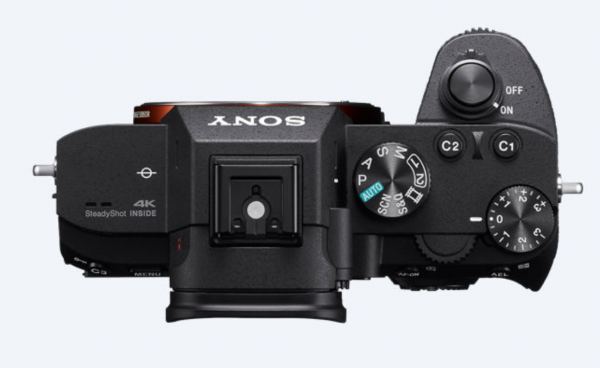
Pricing & Availability
The a7 III body alone retails for USD$1,999 and is available in a kit with the 28-70mm F3.5-5.6 lens for USD$2,199
What are your thoughts on the new camera? will you be picking one up or waiting for the a7S III.



